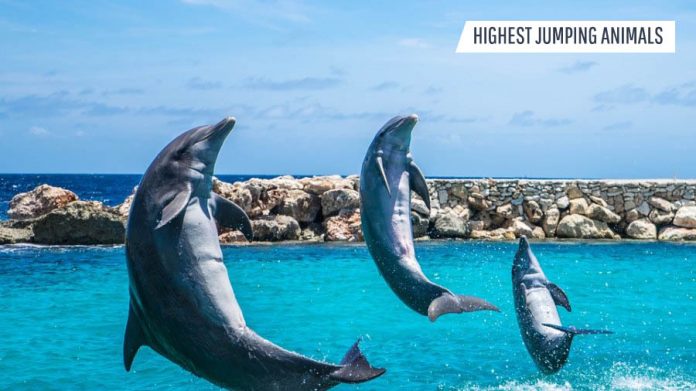All animals have specific characteristics and abilities that support them to live in their environment. However, some animals are exclusively powerful with additional skills. Like some organisms can jump too high or travel long distances in a short period of time.
They can jump, which is due to their physical characteristics. Their size, skills, long legs, power, energy, strength, and weightlessness have enabled these creatures to adjust to unfamiliar climates, avoid predators and live.
Here we are discussing those animals that can leap very high:
10. Bharal
| Scientific Name: | Pseudois Nayaur |
| Family: | Boreidae |
| Class: | Mammals |
| Life Expectancy: | 12-15 Years |
| Jump height: | Cliff to Cliff |
| Speed: | 3 to 6.4 km/h |
| Diet: | Herbivores |
| Other names: | Himalayan Blue Sheep |
Found in the Himalayas peak of India, Bhutan, Tibet, Nepal, and Pakistan, Bharals are one of the highest jumping animals. Known as the Blue Sheep of the Himalayas, Bharals live in open green areas in high hills. They avoid forest areas and are mostly found near cliffs where they can hide easily. Bharals can tolerate any weather conditions, from the extreme heat of deserted mountains to freezing and chilling high peaks. Bharals look like medium-sized sheep with large horns, and they can jump across big rocks to escape from their enemy predators’ snow leopards.
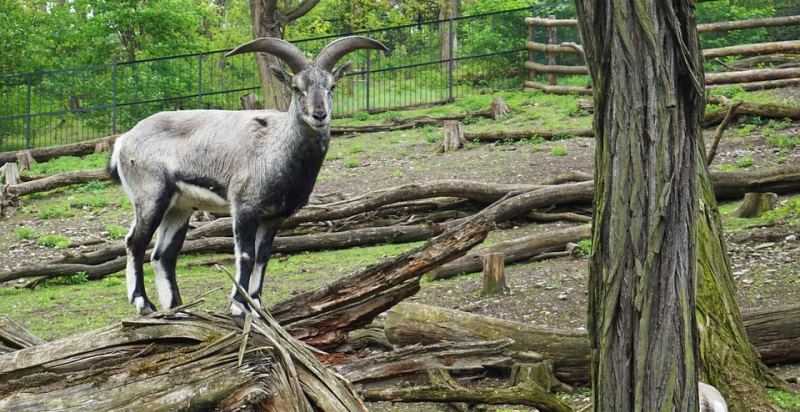
9. Grasshopper
| Scientific Name: | Orthoptera |
| Family: | Acrididae |
| Class: | Insects |
| Life Expectancy: | Approx. 1 Year |
| Jump height: | 30 inches |
| Speed: | 4000 meterf/second |
| Diet: | Herbivores |
| Other names: | Hopper, Chorthippus, Brunneus |
Grasshoppers are usually ground-dwelling insects with strong hind legs that enable them to avoid the dangers by jumping. They consume plants, but some rare species become severe pests of grains, vegetables, and pasture, especially when they live in herds as locusts of their millions and destroy crops over vast areas. They conserve themselves from predators by camouflage; When observed by others, many species try to stun the hunter with a brightly winged flash during leaping and, if they are blowing themselves into the air, usually fly only for short distances.
The male grasshoppers usually create noises to attract female grasshoppers by rubbing their hind leg’s pegs with forelimbs’ edges. Without using their wings, they can jump 20 times more than their body length. But they jump because of a lot of reasons, including to move from one place to another, launch the flash of wings, and also save themselves from the predators.

8. Jumping Spiders
| Scientific Name: | Salticidae |
| Family: | Salticidae |
| Class: | Arachnida |
| Life Expectancy: | One Year |
| Jump height: | Up to 10 to 50 times its own body length |
| Speed: | 20 km/h |
| Diet: | Carnivores |
| Other names: | Salticidae |
With more than six thousand species of spiders found globally, Jumping Spiders are the largest group of spiders worldwide. They are found all over the world, but mainly in tropical forests. They were named after their impressive jumping ability and great eyesight. These little creatures can jump up to 50 times their own body length. They rely on their blood flow and segmented legs to make insanely crazy jumps. Due to extreme change in their hemolymph pressure, the spider forces its blood in their legs to extend it rapidly while jumping. These spiders don’t use webs for hunting as they can easily catch their prey by jumping.
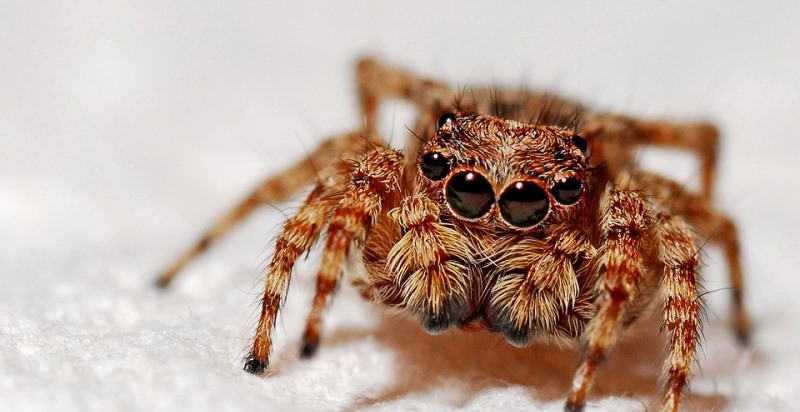
7. Kangaroo Rats
| Scientific Name: | Dipodomys |
| Family: | Heteromyidae |
| Class: | Mammals |
| Life Expectancy: | 2-5 Years |
| Jump height: | 9 feet |
| Speed: | 10 feet per second |
| Diet: | Granivorous |
| Other names: | Dipodomys phillipsii, Desert Rat |
Kangaroo rats live in the dry regions of the Western North of the United States. These rats hop similarly to Australian kangaroos. Kangaroo Rats are brown in color with a white underbelly and have long tails, big eyes, small ears, and big feet to jump. They can easily survive in the desert without drinking any water, and they take their moisture from the seeds (kangaroo rats eat seeds in their diet). These tiny rats have the excellent hearing ability, and they can even detect the silent sound of their predators approaching. They can jump up to 9 feet (2.75m) in one jump to escape from their enemies like owls, snakes, foxes, etc.
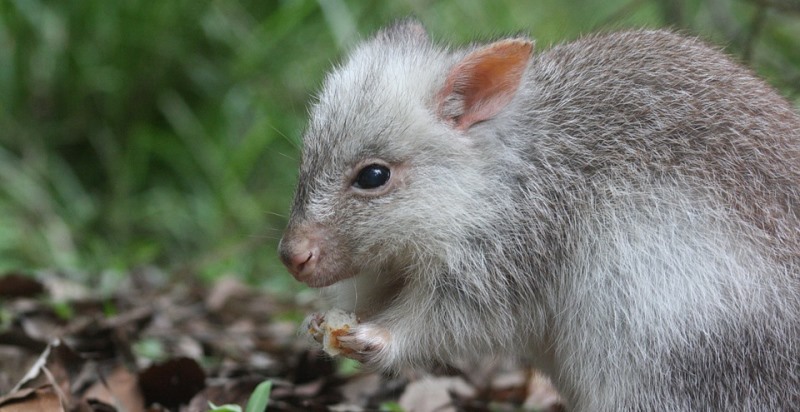
6. Flea
| Scientific Name: | Siphonaptera |
| Family: | Boreidae |
| Class: | Insect |
| Life Expectancy: | 2 to 3 months (without food), 100 days (with food) |
| Jump height: | 7 inches to 13 inches |
| Speed: | 3 to 6.4 km/h |
| Diet: | Warm-Blooded Vertebrates |
| Other names: | Aphaniptera |
The world’s best jumper is Flea, who can jump almost 30 thousand times in a line. When adult fleas once grow out of their puparia, they have around seven days to discover a blood meal, or else they die. Female fleas can take blood as a meal up to 15 times their body weight daily. Entomologists have identified more than 2500 species of fleas so far, but there are chances that many more exist. A flightless insect has no wings with powerful claws, adapts to pricking the mouth’s skin and suck the blood, and the legs are very well adapted to jumping. They are capable of jumping about 50 times the length of their body.

5. Klipspringer
| Scientific Name: | Oreotragus |
| Family: | Bovidae |
| Class: | Mammals |
| Life Expectancy: | Around 15 Years |
| Jump height: | 10 to 12 feet |
| Speed: | 40 km/h |
| Diet: | Herbivores |
| Other names: | Klipbok |
Found in Africa, The Klipspringer is known as the ‘Rock Jumper’ or ‘Goat of the Rocks.’ This tiny antelope really live up to his title, leap around on rocky areas like a mountain goat. These high jumpers are excellent climbers and can jump up to 10 to 15 feet high straight up in the air and securely land on their tiny hooves. In some species, only the male klipspringers have spiky horns up to six inches. Also, there are some species in which both male and female Klipspringer have horns.
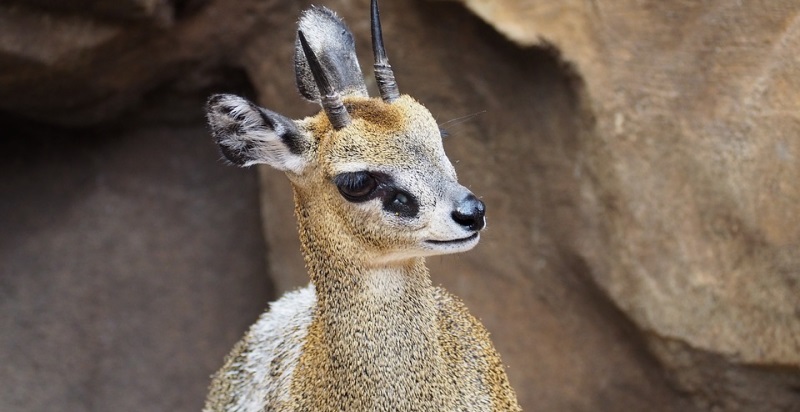
4. Impala
| Scientific Name: | Aepyceros Melampus |
| Family: | Bovidae |
| Class: | Mammal |
| Life Expectancy: | 12-15 years |
| Jump height: | Up to 10 meters forward and up to 3 meter |
| Speed: | 75-90 km/h |
| Diet: | Herbivores |
| Other names: | Rooibos, Rhebok, Antelope, African Antelope, Aepyceros Melampus |
Impala is known for its remarkable speed comparable to other ruminant animals. However, it hunts predators like lions, and they are not easy to chase. These wonderful beasts are very fast for many hunters, who get bored with the hunt and search for various prey. Because of their leaping skills, it is challenging to grab Impala. The impala’s body length is 28 to 36 inches, and its weight is 40 to 76 kilograms.
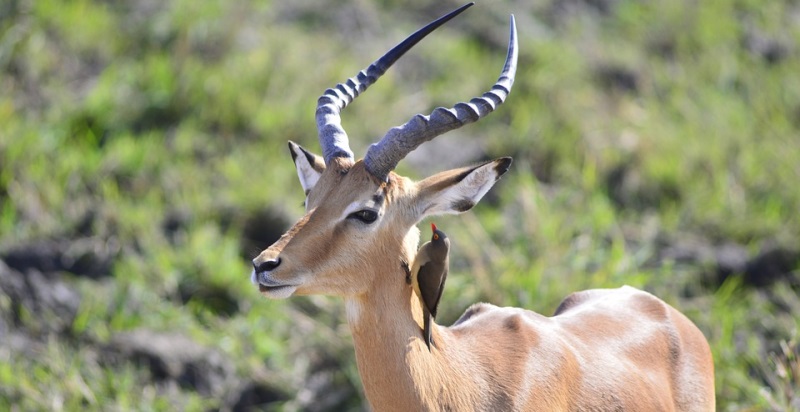
3. Cougar
| Scientific Name: | Puma Concolor |
| Family: | Felidae |
| Class: | Terrestrial Mammal |
| Life Expectancy: | 10-20 years |
| Jump height: | Up to 5.5 meter |
| Speed: | 80 km/h |
| Diet: | Carnivores |
| Other names: | Catamount, Mountain Lion, Painter, Panther, and Puma |
The cougar is the second largest cat, after the jaguar. Its head is round, and the ears are straight. Its strong forearms, neck, and jaws capture large prey. It has five retractable claws on its toes and four on its hind paws. The large front legs and feet are best suited to catch targets. The cougar is usually an ambush hunter. It passes through the brush, trees, ladders, or other covered places before giving a powerful leap behind its prey. Also, a cougar will consume maximum time while stretching their legs, such as preparing for a daily marathon run.

2. Dolphins
| Scientific Name: | Delphinidae |
| Family: | Delphinidae |
| Class: | Mammals |
| Life Expectancy: | Between 30 and 50 Years |
| Jump height: | 15 to 30 feet |
| Speed: | 20.5 km/hr |
| Diet: | Carnivores |
| Other names: | Porpoises, Tursiops, Mahimahi, |
Nearly found all across the globe, Dolphins are really intelligent sea mammals. Born with a permanent smile, the toothed whales have a curved mouth. Dolphins are carnivores animal, and they eat small fishes and squids. Dolphins communicate through squeaks and whistling sounds, so they use jumping for communication with other Dolphins. They are great acrobats, and they love to play; they can jump up to 20 to 30 feet in the air and perform many tricks. They also compete with other dolphins and jump to show their quickness and power in the deep blue sea.

1. Red Kangaroo
| Scientific Name: | Macropus Rufus |
| Family: | Macropodidae |
| Class: | Mammals |
| Life Expectancy: | 22 years |
| Jump height: | 8-9 meter |
| Speed: | 70 km/h |
| Diet: | Herbivores |
| Other names: | Osphranter Rufus, Giant Red Kangaroo |
A sexually dimorphic large Kangaroo has long ears with a square-shaped snout. It has two forelimbs with short claws, two strong hind legs that help with jumping, and a strong tail frequently used to make a tripod while standing straight. It keeps its internal temperature at a homeostasis level around 36 ° C using a combination of biological, physiological, and behavioral changes. They have a protective layer of fur, being less active and staying in the shade when the climates are high. Due to their eyes position, their vision range is almost 300°.
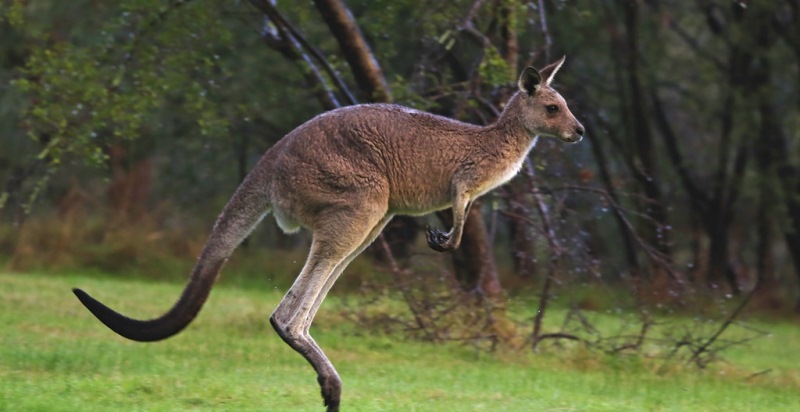
The above creatures are the top 10 highest jumping animals in the world. Which high jump animal is your choice? If they are not on our list. Let us know by expressing your opinions in the comments section below.
If you want to read the same kind of articles, we recommend you to browse the world’s top 10 smallest animals, the world’s top 10 endangered animals and more.
